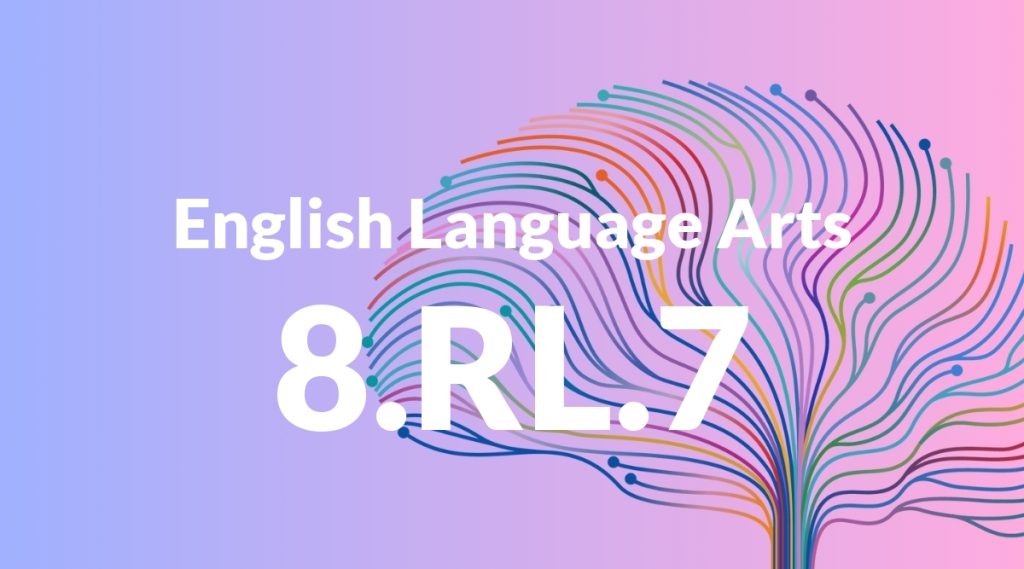Standard: 8.RL.7 – Analyze the extent to which a filmed or live production of a story or drama stays faithful to or departs from the text or script, evaluating the choices made by the director or actors.
Grade level: Grade 8
Subject: English Language Arts
Domain: Reading: Literature
Teacher Overview
This standard emphasizes the importance of analyzing how different media interpret and present literary works. It encourages students to critically evaluate the choices made by directors and actors in adapting texts, fostering a deeper understanding of both the original and the adapted work. Students should be familiar with narrative elements and have experience in literary analysis, including identifying themes, characters, and plot structures.
Mastering this standard will prepare students for more advanced literary and media analysis, allowing them to appreciate and critique adaptations across various forms of media.
Common Misconception 1
A common misconception is that all adaptations must be completely faithful to the original text. This is incorrect because different media have different strengths and limitations, and adaptations often make changes to better suit the new format.
Intervention 1
Use side-by-side comparisons of original texts and their adaptations to highlight how and why changes were made, discussing the impact of these changes on the story.
Common Misconception 2
Another misconception is that any deviation from the original text indicates a poor adaptation. This is not true as adaptations may introduce changes to convey themes more effectively or to fit the medium’s unique requirements.
Intervention 2
Encourage students to consider the artistic and practical reasons behind changes in adaptations, using examples where deviations have been positively received.
Prerequisite Knowledge
Students should have a basic understanding of narrative elements such as plot, character, and setting, as well as experience in reading and analyzing literature.
Subsequent Knowledge
Students will develop skills in critical thinking, media literacy, and deeper literary analysis, enabling them to evaluate and interpret various forms of media and their adaptations.
Instructional Activities
- Watch a film adaptation of a novel and compare key scenes with the book.
- Attend a live theater performance and discuss the director’s choices.
- Create a storyboard for a scene from a book, explaining any changes made.
- Write a review of a movie adaptation, focusing on its faithfulness to the original text.
- Host a class debate on whether a specific adaptation is successful.




